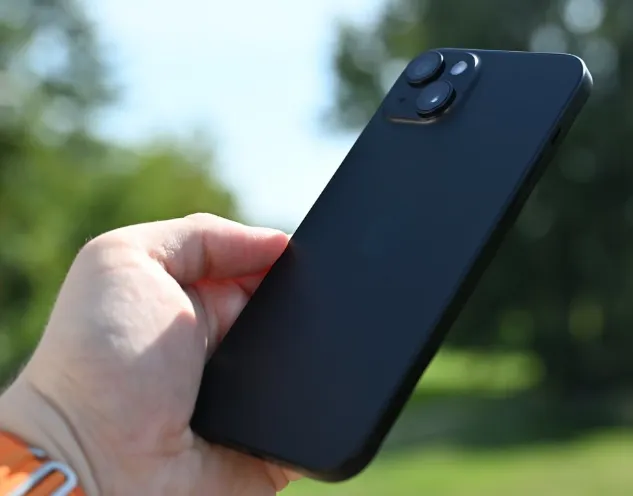Apple has begun accepting applications for its 2026 Security Research Device (SRD) Program, offering security professionals a rare opportunity to work with specially modified iPhones. Unlike retail models, these devices are engineered for in-depth system testing, giving researchers a legitimate way to explore iOS at its deepest levels.
A Different Kind of iPhone
On the surface, an SRD looks identical to any other iPhone, but under the hood, it’s designed for unrestricted research. The devices allow shell access, custom kernel testing, and expanded entitlements—capabilities that ordinary iPhones block. Apple makes it clear, however, that SRDs are strictly for security work. They cannot be used as personal phones and must stay within approved research facilities.
Who Qualifies
Applications are open until October 31, 2025, and Apple will provide selected participants with a one-year loan of the device. Eligible candidates must be adults with demonstrated experience in uncovering security flaws on Apple systems or other modern platforms. Employees of Apple and individuals on government-restricted lists are not eligible. The program is available in multiple regions, including North America, Europe, Japan, India, and South Korea, though countries under U.S. trade restrictions are excluded.
Beyond the Hardware
Participation comes with additional benefits. Researchers gain access to Apple’s beta software and a dedicated community of peers, while discoveries can be submitted through Apple’s Security Bounty Program. Rewards vary depending on severity, with payouts reaching as high as $500,000 and average awards around $18,000.
Why It Matters
For everyday users, the program means stronger protection. By uncovering weaknesses before they can be exploited, researchers help Apple deliver faster fixes and reinforce the overall security of iOS devices. The SRD Program underscores Apple’s strategy of partnering with the security community to stay ahead of emerging threats.
